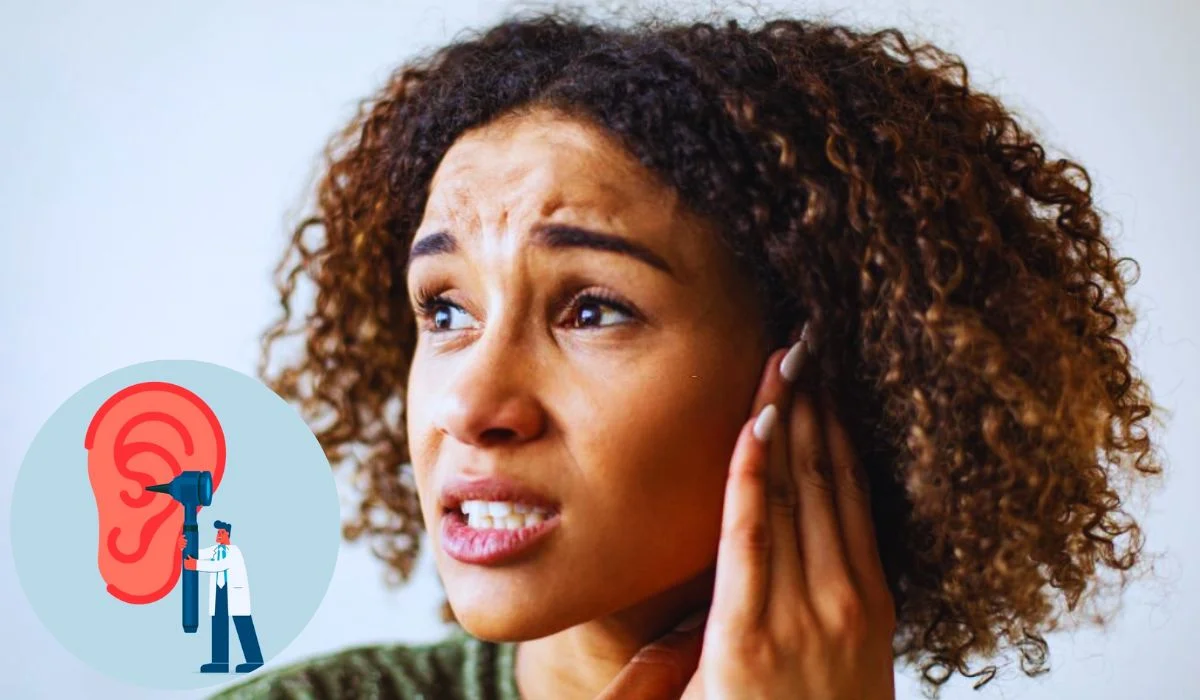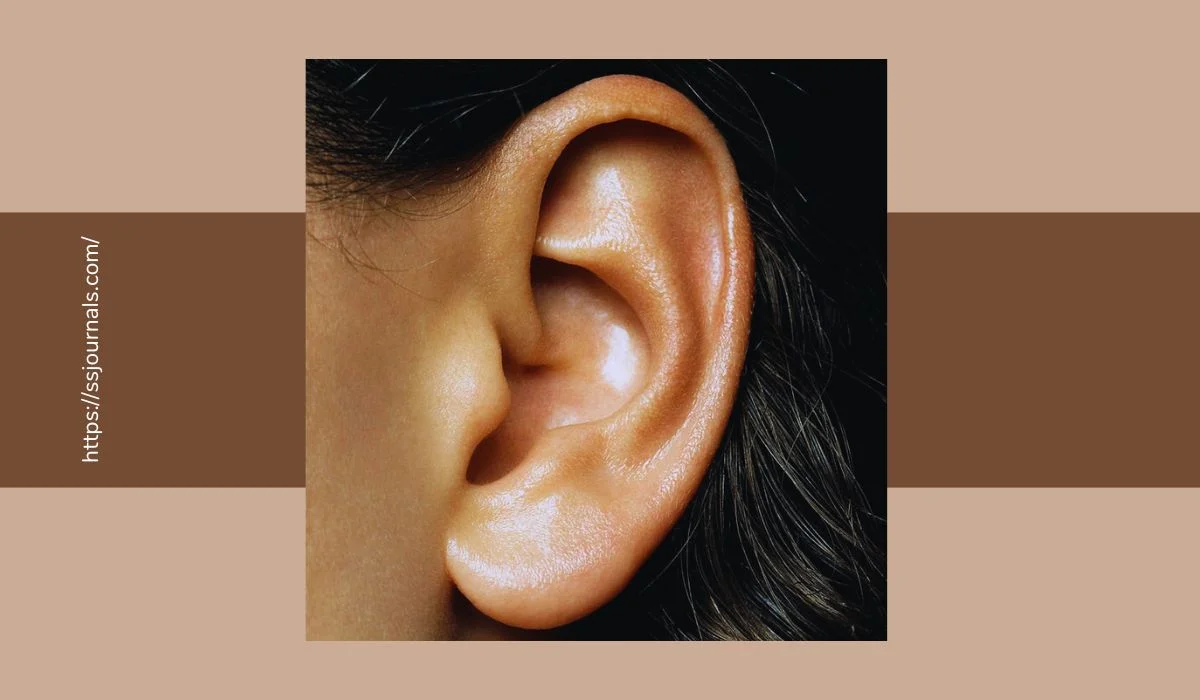Earwax blockage is a common issue. It causes discomfort and affects hearing. To address it, you must understand its causes, symptoms, and remedies. This article provides insights and practical solutions.
The body produces too much earwax or it can be impacted due to improper cleaning. This can lead to pain, difficulty hearing, ringing, dizziness, and coughing. It’s important to address these signs quickly to avoid further complications.
Understanding Earwax Blockage
Earwax blockage is a common yet bothersome condition. Too much earwax clogging the ear canal can cause pain, hearing loss, tinnitus, and dizziness. We must learn the causes and treatments, to manage it properly.

The primary cause is the body’s production of cerumen or earwax. Usually, this sticky substance helps protect the ears by blocking out dust and foreign particles. But when it builds up too much or gets impacted due to wrong cleaning methods or the use of cotton swabs, blockage can occur.
Knowledge of proper earwax management is vital for keeping healthy ears and preventing issues. With the right cleaning techniques and professional assistance when needed, we can effectively address this common problem and stay healthy.
Causes Of Earwax Blockage
Earwax blockage can cause discomfort and even hearing loss. Knowing the causes can help you prevent and treat this common condition.
- Pushing earwax inwards with cotton swabs or other objects can result in blockage.
- Excessive production of earwax, otherwise known as cerumen overproduction, can also lead to blockage.
- People with narrow or curved ear canals may experience more wax build-up.
- Wearing hearing aids or earplugs frequently increases the risk of accumulation.
- Skin conditions like eczema and psoriasis can affect the consistency of earwax, creating blockages.
- Rarely, tumors or growths in the ear canal can cause obstructions that need medical attention.
Symptoms Of Earwax Blockage
Watch out for signs of earwax blockage! These can include earache, reduced hearing, ringing in the ears, dizziness/vertigo, or a persistent itch/cough. Don’t ignore these symptoms and get help right away.
Remedies For Earwax Blockage
Earwax blockage can cause discomfort and hearing problems. Here are some solutions to remove it safely:
✅ Warm water – Flush your ear with warm water using a rubber bulb syringe. This helps soften the wax and let it flow out.
✅ Eardrops – Buy special eardrops that loosen the earwax. Follow instructions and use as directed.
✅ Good ear hygiene – Regularly clean ears with a washcloth or towel. Avoid cotton swabs, as they push wax deeper into the canal.
✅ Seek professional help – If home remedies don’t work, see a healthcare professional. They may recommend irrigation or manual removal.
No objects should be inserted into ears, as this may damage them.
And finally, no power washers! It won’t improve hearing.
Precautions And Considerations
When it comes to removing earwax blockage, precautions and considerations are crucial. Let’s explore some key ones:
Precautions:
- Consult a doctor if symptoms persist or worsen, or if you have a history of perforated eardrums.
- Avoid using sharp objects or objects that push wax deeper into the ear canal.
- Use only recommended methods, such as over-the-counter ear drops or warm water for gentle irrigation (as advised by a doctor).
- Do not attempt self-cleaning for people with narrow or curved ear canals.
Considerations:
- Do not introduce excessive moisture as it can lead to infections.
- Seek medical attention if there are persistent symptoms such as severe pain, hearing loss, or bleeding.
When To Seek Medical Help
Professionals advise you to get medical help for earwax blockage if you experience severe pain, hearing loss, or a continuous feeling of fullness in the ear. These could be signs of a more serious issue.
- Severe Pain: If there’s intense pain in your ear, seek medical help quickly. This may suggest an infection or harm to the eardrum and should be seen by a healthcare provider.
- Hearing Loss: If there’s sudden or major hearing loss, medical assistance is required. Earwax buildup can lead to temporary hearing loss. But, other conditions like fluid buildup or nerve damage can cause related symptoms, so a doctor should assess it.
- Feeling of Fullness: Unending sensations of fullness or pressure in the ear could be an impact of earwax. It’s typical to feel slight uneasiness due to wax collection, but if the symptoms don’t go away, seek medical help.
Conclusion
When it comes to earwax blockage, there are causes, signs, and solutions to know. Understand the factors that contribute and recognize the signs to take action and restore hearing.
Consult a healthcare professional if symptoms persist or worsen. There are home remedies such as eardrops or warm water irrigation, and natural oils like olive or almond oil. Professional ear candling treatments are also an option.
Untreated earwax blockages can cause hearing loss or damage. Don’t ignore the signs – seek help quickly for a safe solution.
Make hearing health a priority. Learn how to remove earwax blockage and take action if needed. This will ensure the well-being and maintain auditory function. Don’t miss out on life’s beautiful sounds – address earwax issues and enjoy every harmonious moment!

